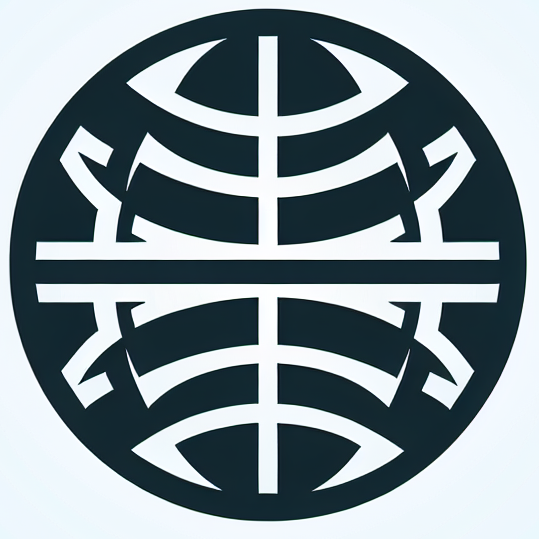World Economic Forum Launches Digital Safety Roadmap Amid Growing Cyber Threats
The World Economic Forum has launched a new digital safety roadmap to help organizations tackle online threats. Microsoft is introducing AI tools to combat cybersecurity issues, while innovations in other sectors show a blend of positive potential and ethical concerns. Key points include new guidelines for digital safety, AI developments in cybersecurity, and industry shifts raising ethical questions.
In an effort to steer the digital landscape toward safer waters, the World Economic Forum has introduced a new step-by-step guide tackling online harms. As our lives become increasingly intertwined with technology, the threats—ranging from misinformation to exploitation—are soaring. The guide, called The Intervention Journey: A Roadmap to Effective Digital Safety Measures, aims to help organizations craft effective safety protocols based on real-world insights from various experts, including tech giants, regulators, and NGOs.
The framework suggests a four-step approach: First, organizations should identify unique risk factors tied to their services and user bases. Next, safety measures must be woven into the very fabric of new technologies right from the design phase. Once in place, these measures need to be executed in sync with overarching digital strategies, fostering technical proficiency and aligning with a company’s values. Lastly, ongoing monitoring and transparent evaluation of these measures will help fine-tune their effectiveness.
In an article for Forum Stories, experts Adam Hildreth, founder of Crisp, and Julie Inman Grant, Australia’s eSafety Commissioner, emphasized that collaborating across sectors is paramount. “The digital world is evolving rapidly, and so too must our approach to digital safety,” they observed, calling for proactive strategies and constant flexibility.
Meanwhile, Microsoft is stepping into the cybersecurity arena with a launch of 11 AI agents designed to tackle the growing threats. These agents can autonomously pinpoint suspicious emails, halt hacking attempts, and track the origins of cyber attacks. Vasu Jakkal, Microsoft’s VP of Security, pointed out that hacking activities have grown alarmingly complex, stressing human oversight just can’t keep pace.
In fact, the World Economic Forum’s Global Risks Report 2025 designates cyber espionage and warfare among the most serious threats we face, highlighting a dire need for advancing cybersecurity measures globally.
On a global scale, there are more updates from the tech world. China is encouraging banks to ramp up credit access for tech firms as part of a strategy to bolster technology amid economic concerns and mounting geopolitical tensions with the U.S. Meanwhile, Nvidia gave a sneak peek of its upcoming AI chips at the GPU Technology Conference, promising to up the ante in AI development with greater memory and bandwidth for enhanced performance.
In more innovation news, Spanish start-up Neurologyca claims its Kopernica AI can gauge human emotions and detect neurological conditions, even analyzing multiple individuals simultaneously. And in the fashion sector, H&M is unveiling virtual models—digital replicas of consenting real-life models—to mark social media initiatives. This shift raises eyebrows, with critics worried about the potential job implications in the fashion industry.
Back in the UK, a Commons committee has warned that the government’s ambition to integrate AI into its IT systems might fall flat due to outdated tech hindrances, citing the poor quality of government data often stuck in legacy systems.
Finally, there’s a bright humanitarian angle; with billions lacking basic healthcare access, AI could potentially revolutionize medical diagnostics and patient care. Additionally, traceability in plastic use could usher in a circular economy, but challenges still loom in the form of funding and regulatory clarity. This is where collaboration, strong data standards, and a clear regulatory environment become essential to driving positive change.
Overall, while the technological landscape is vibrant with these innovations and guides toward safety, it’s clear there’s more work ahead to address the pressing issues surrounding cybersecurity and digital functionality. It’s an evolving narrative, one that requires the collective effort of organizations and users alike to chart a safer course into our tech-savvy future.
The World Economic Forum’s new digital safety roadmap emphasizes the urgency for organizations to prioritize online safety as digital platforms become more entrenched in everyday life. As threats like cybercrime expand, tech companies like Microsoft are innovating with AI solutions to combat these risks. Meanwhile, conversations around the ethical implications of AI in fields such as fashion and healthcare continue to gain traction. Overall, while the digital landscape is fraught with challenges, the call for collaboration and continuous adaptation seems more crucial than ever.
Original Source: www.weforum.org




